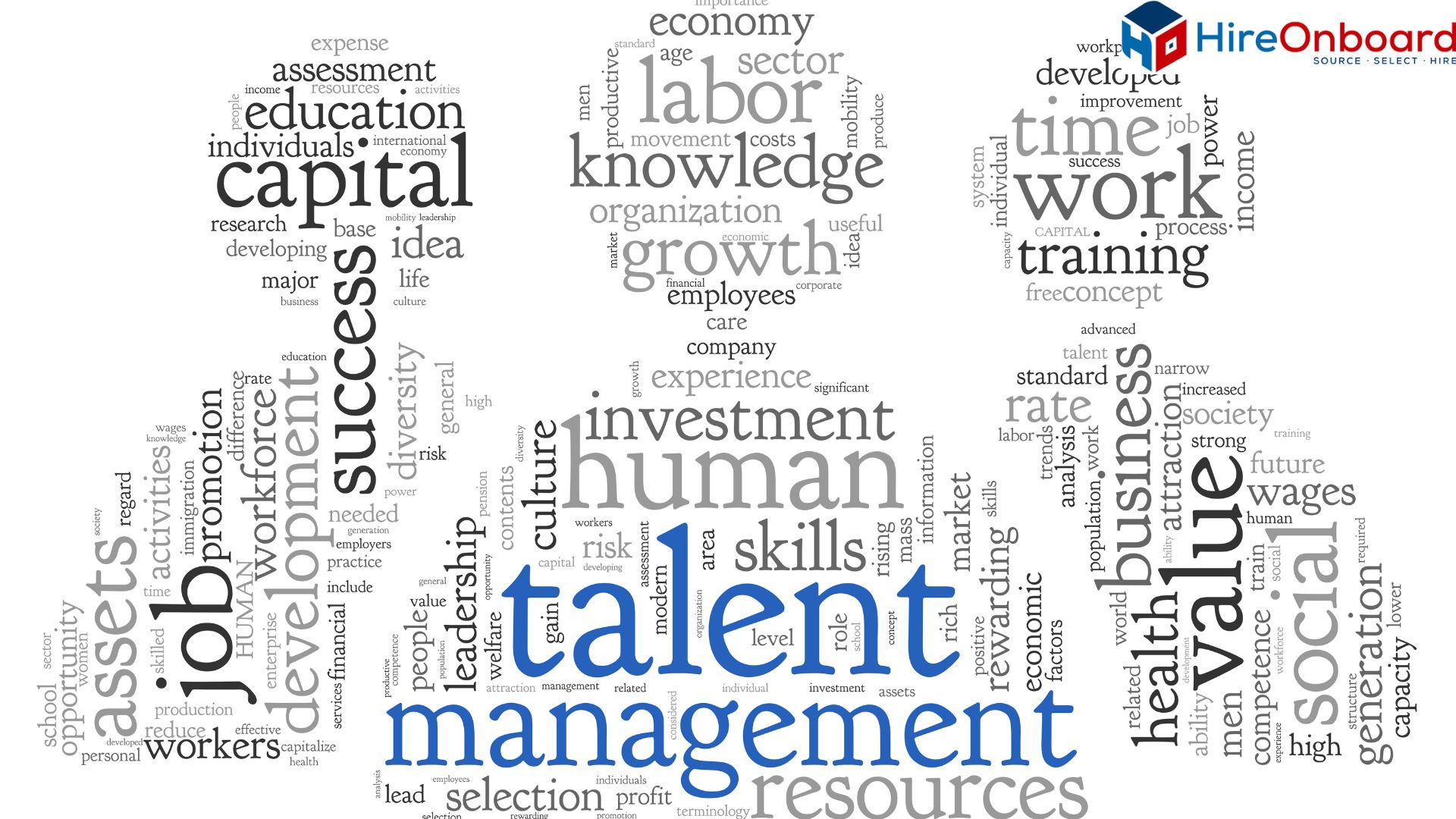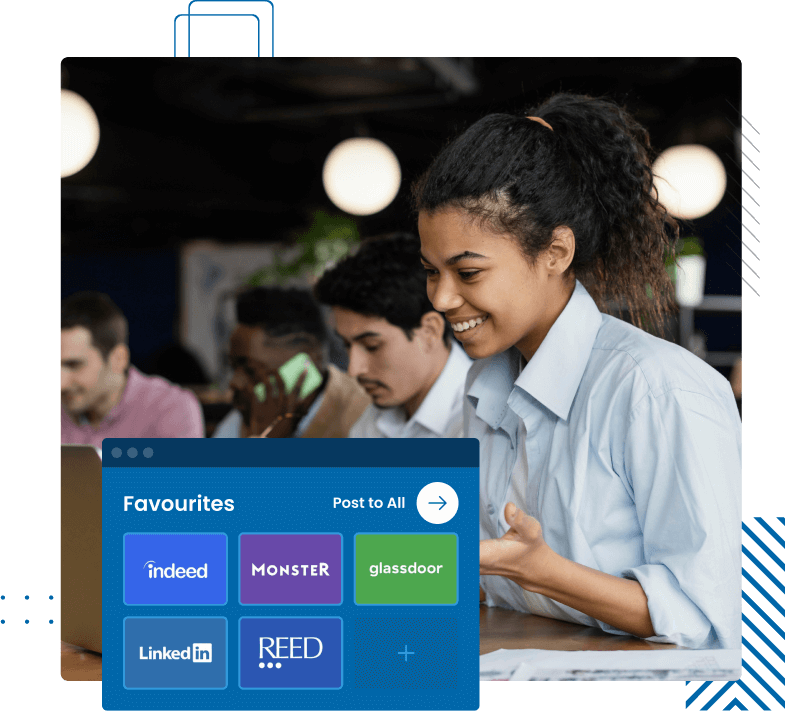Nothing predicts success, like starting things on the right note. And that makes a good employee onboarding experience something to invest effort and resources into. Structuring a robust onboarding process is the best way to welcome and retain new employees. An effective onboarding process, prepares the new hire for the first day and this process of onboarding starts from the moment the candidate accepts the offer.
Here’s a broad framework for HR professionals as they build an effective hiring and onboarding process.
At Hiring
Potential employees and new hires get their first experience of a company as an employer at the hiring stage. So make the experience engaging and in sync with the entire onboarding effort.
- Explain with a concrete job description the list of responsibilities and targets
- Take the candidate through the hiring process and what to expect at each stage.
- Follow up and communicate often with the candidate at every stage of hiring
- Understand and pay attention to the potential hires concerns and resolve apprehensions, if any.
- Provide employees with all requisite information, regarding role, expectations, department, reference checks and background checks.
At The Offer Stage
- Stay connected, talking face to face or if that is not possible, make it more personal with a phone call. Communicate your interest as well as enthusiasm in hiring.
- Be quick to follow it up with an offer letter detailing all relevant benefit details and contact details. Keep the tone warm and engaging.
- Be thoughtful during negotiations, as this becomes a crucial stage. Doing it right, helps build a relationship that helps in the long run.
- Present flexibility for the new hire when setting the start date. Communicate with the new employer’s team so they can prep for the new hire.
- Set up the HRIS (Human Resource Information System ) for the new hire. Have a seamless transition of information from the applicant tracking system to the employee data records. Provide links to employee to fill up requisite data prior to joining date.
Before The First Day
Companies provide a preview and flavour of things at work and take care of paperwork, prior to joining. Some of the best practices include
- A welcome letter / email- Greet your new hire. Keep the letter personalized, welcoming and engaging.
- Share the company goals, its mission and ethos.
- Connect the employee to the manager and HR personnel.
- Brief about the employee orientation program.
- Reiterate benefits and package, and explain roles and responsibilities providing a more detail job description.
- Provide access to employee portal.
- Provide access for the new hire to complete and submit paperwork and compliance related forms.
- Send a copy of the employee handbook.
- Get the new hire ready for the first day.
- Provide details including the “when, where and how” of reporting to work. This could include even the office dress code, parking instructions, other unofficial norms at works.
- Indicate any material that must be brought to work to complete paperwork.
- Describe the first day/ week itinerary.
- Get ready at work.
- Prepare the new hire’s work station with all the tools in place, ready and available.
- Assign a buddy at work for the new hire, and brief that employee of his role.
- Inform team members and other stakeholders of new hire joining details, and get them on board in making the new employee feel welcome.
The First Day At Work
- A customized welcome gift.
- Provide the itinerary for the first day and first week.
- Describe the onboarding program, providing a written timeline and schedule of goals, training, support and responsibilities for the new employee.
- Introductions and connections – Keep the introductions personal and customized as much as possible.
- Introduce the new hire to the manager and team.
- Connect the new hire to the assigned buddy at work.
- Connect the new hire to the HR contact for queries and clarifications.
- Introduce the employee to related teams and functional units.
- Set up meetings for conversations with skip level managers and CXO level executives, where ever necessary.
- Provide an overview.
- Employee Related Overview – Review the job description, roles and duties, goals and expectations. Explain policies and procedures, and job specific guidelines.
- Job Related Overview – Introduce the personal work and goals, initiate them on tools and job related specifics.
- Team/ Function Related Overview – Describe the roles of the team, its responsibilities and goals.
- Organization Related Overview – Provide an overview of the company vision and mission, its culture and ethos. Describe the organization structure and the key people in the company. Connect the employee, and the role to its contribution to the organizational goal.
- An office/ campus tour.
- Take the new hire around office facilities such as cafeteria, HR area, support desk, gyms, lounges.
- Provide parking access, and discuss transportation options.
- Get them started.
- Show them the work station, and provide contacts for additional support such as services or office supplies.
- Provide necessary access such as access card, employee cards.
- Setup email, voicemail and computer.
- Start the employee on work, at least in part.
- Provide necessary information about safety and emergency guidelines.
- A lunch out with the manager/buddy/skip level manager.
- Review the day with the manager before end of day and let the employee know what’s in store the next day.
The First Week
By the end of the first week, a new hire must be familiar with the people and the place. The goal should be to ensure the new employee understands the essential work processes and has a clear idea of the expectations and responsibilities of his role. A guideline for the first week includes:
WHAT TO DO ON THE FIRST WEEK AT WORK
- Start them on the work.
- Give a first assignment.
- Set goals both short term and long term.
- Provide more information with regard to teams and department to understand the value .generation with respect to the larger organizational goals.
- Provide training on systems, procedures and job specific needs.
- Provide an overview of the performance review system, the reward system, development and career growth in the organization.
- Provide opportunities for job shadowing, realistic job previews.
- Debrief and Feedback.
- Provide immediate, but meaningful feedback, so that the new hire is quick to grasp and understand norms and expectations in the team.
- Debrief and connect with the employee each day of the first week.
- Facilitate meetings with HR, skip level managers, other related team managers, coaches and mentors, and CXO level managers.
- Facilitate meetings with business line managers and executive level leaders to reinforce .company goals, organization values and vision.
The First 30, 60, 90 Days
A well-developed onboarding process builds in processes to handhold, review and equip the new hire not just in the first week, but usually up to 90 days to a year. Best in class companies believe that onboarding is a continual process, not restricted to the first year.
WHAT TO DO IN THE FIRST 30- 45 DAYS OF JOINING
At this stage, the employee is expected to have fully understood the performance expectations with regard to his role, and the organization continues to handhold and equip the employee, building connections, and facilitating relationship building.
- Get feedback from the employee with regard to his “settling in” – in the organization.
- Review the new hire performance and provide feedback on specific tasks.
- Provide relevant feedback – regularly and consistently.
- Review performance and development goals.
- Facilitate one on one meetings with managers, skip level managers and HR.
- Facilitate relationship building across business and functions.
- Review the employee with their buddy with regard to any queries.
- Facilitate socialization with the new hire taking an active part in office events, work related and otherwise.
- Ensure the employee has attended the new hire orientation program.
First 60 – 90 Days
- By 90 days the employee should feel a part of the organization, able to work and produce results independently.
- Review and discuss performance and development goals. Provide meaningful feedback and facilitate necessary training.
- Get employee feedback on the onboarding and new hire orientation program.
- Continue one on one meetings.
- Set realistic performance goals.
- Review the employee with the assigned buddy for feedback.
- Continue facilitating relationship building and socialization in the organization.
- Facilitate job shadowing.




